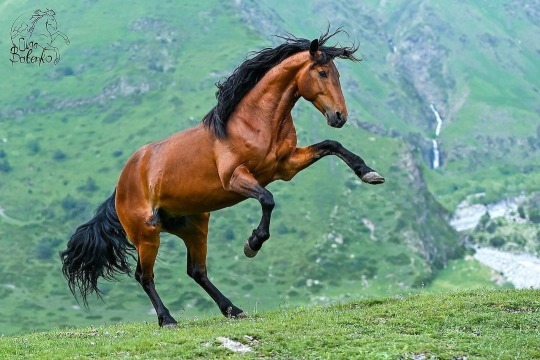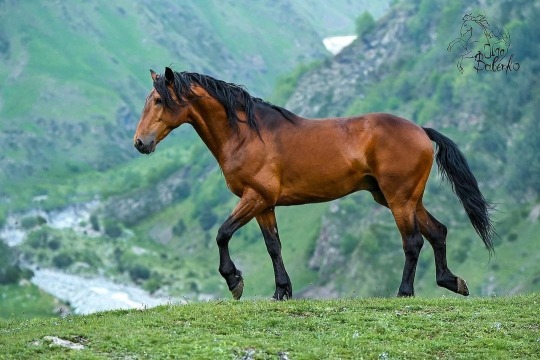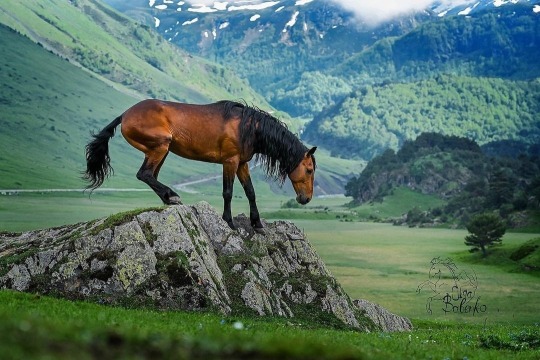#Karachay
Text

I love the miku trend!!! Here is my caucasian miku :D
#she is karachay#international miku#hatsune miku#miku worldwide#miku#miku fanart#my art#karachay#kavkaz
188 notes
·
View notes
Text

#donkey#mule#caucasus#caucasia#caucasian#karachay#1969#animal#animals#soviet#photography#photograph#riding#village
39 notes
·
View notes
Text
Nov 2nd 1943 (79 years ago) - 70,000 from the Karachay population of the Caucasus were deported from their native lands by Stalin.
Just a portion of the crimes committed by the government.
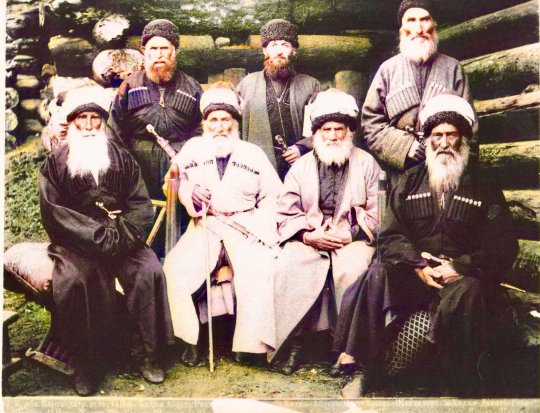
#Karachay#indigenous russia#indigenous#indigenous russian#culture#russia#important#colonization#fypシ#fypage#landback#soviet union#deportación#deportation#decolonize#Land back#muslim#ethnic minority#no to genocide#Displacement#russian war crimes
58 notes
·
View notes
Text

Kuban region Karachay woman XIX
Кубанская обл. Карачаевка. XIX
photographer D.I. Ermakov (Д.И.Ермаков)
#Karachay-Cherkess#Карачаево-Черкеск#Karachay#Карачаевцы#Caucasian#non-russian#indigenous russian#indigenous russia
22 notes
·
View notes
Text

Karachay Horse
262 notes
·
View notes
Photo


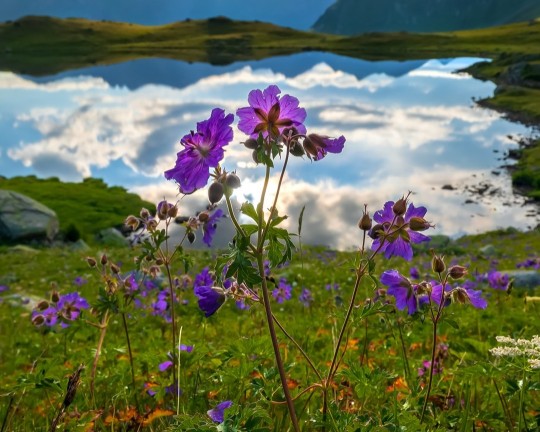


Mirror morning
fedorlashkov
1K notes
·
View notes
Text

~ Children's Toy - Сockerel.
Place of origin: Karachay-Cherkessia, Russia
Culture: Early medieval culture of the Adygo-Alanian tribes
Date: A.D. 8th-9th century
Place of origin: North-western Caucasus, Karachayevo-Cherkessk Republic; Archaeological site: Moshchevaya Balka Burial Mound
Medium: Leather, thread, silk.
#history#museum#archeology#archaeology#children's toy#russia#russian#8th century#9th century#cockerel#karachay cherkessia#medieval#early medieval#Adygo-Alanian tribes#caucasus#leather
908 notes
·
View notes
Text


Countryhumans/republichumans
North Caucasian Federal District
#gacha club#countryhumans#countryhumans gacha#Republichumans#chechnya#dagestan#Kabardino-Balkarian#Karachay-Cherkess#ingushetia#north ossetia#Stavropol Krai#countryhumans au
7 notes
·
View notes
Photo

West Caucasian tur Capra caucasica
Observed by itallmas, CC BY
32 notes
·
View notes
Text
Traditionalism vs. Assimilation Among Indigenous Peoples of Siberia.

As is the case for many indigenous groups around the world, native peoples of Siberia struggle to fit into the modern global village while retaining their ethnic identity and cultural distinctiveness. Since the end of World War II, the indigenous peoples of Siberia have had a special legal status which allows for certain “affirmative action”-like quotas and benefits. However, the main aim of these policies was to integrate ethnic minorities into the all-Soviet people and to inculcate the “new Soviet man” mentality. Compulsory boarding schools, where children from different ethnic groups were brought together from the age of seven in a collectivist environment, often served as the hotbed of such Sovietization. The effect on native culture was disastrous. But, as James Forsyth in his A History of the Peoples of Siberia points out, “Russification began even before this, in kindergartens, where most nurses and teachers were Russian speakers. Even where some of them were natives, however, there were cases when children or the nurses themselves were reprimanded for using their native language” (here the parallels with Native North American languages are obvious). In the Soviet Union, it was believed that minority languages and cultures would die out under communism, and that “nationalism can only be bourgeois”. Since the fall of the Soviet Union, a number of new laws have been adopted whose goal is to preserve ethnic distinctiveness of indigenous peoples. But can the tables be turned?
#Adygea#Altai Republic#Bashkiria#Buryatia#Chechnya#Chuvashia#Dagestan#Ingueshtia#Kabardino-Balkaria#Kalmkia#Karachay-Cherkessia#Karelia#Khakassia#Komi Republic#Mari El#Mordovia#North Ossetia-Alania#Sakha Republic#Tatarstan#Tuva#Semi -autonomous regions#ethnic languages#Udmurtia#indigenous groups#russian language
12 notes
·
View notes
Text

Karachay noblewomen. Aul Kart-Jurt. XIX
Карачаевки-дворянки. Аул Карт-Джурт. XIX
From Kunstkamera archive.
photographer D. I. Ermakov. (Д.И.Ермаков)
#non-russian#indigenous russia#indigenous russian#turkic#caucasian#Karachay-Cherkess#Карачаево-Черкеск#Karachay#Карачаевцы
15 notes
·
View notes
Text
looking up north caucasus demographics on wikipedia instead of studying👍
10 notes
·
View notes






